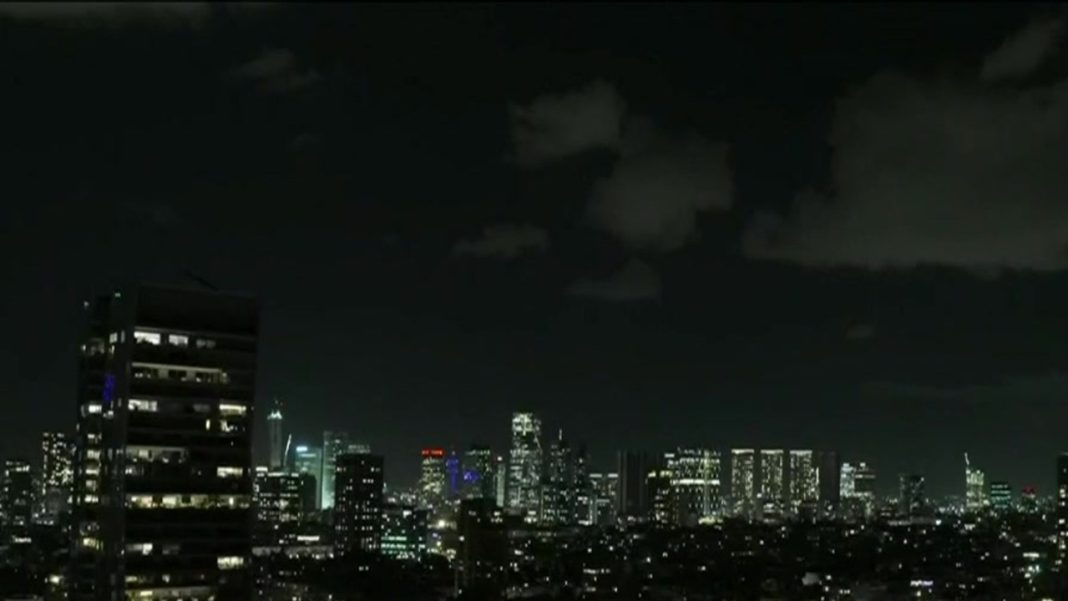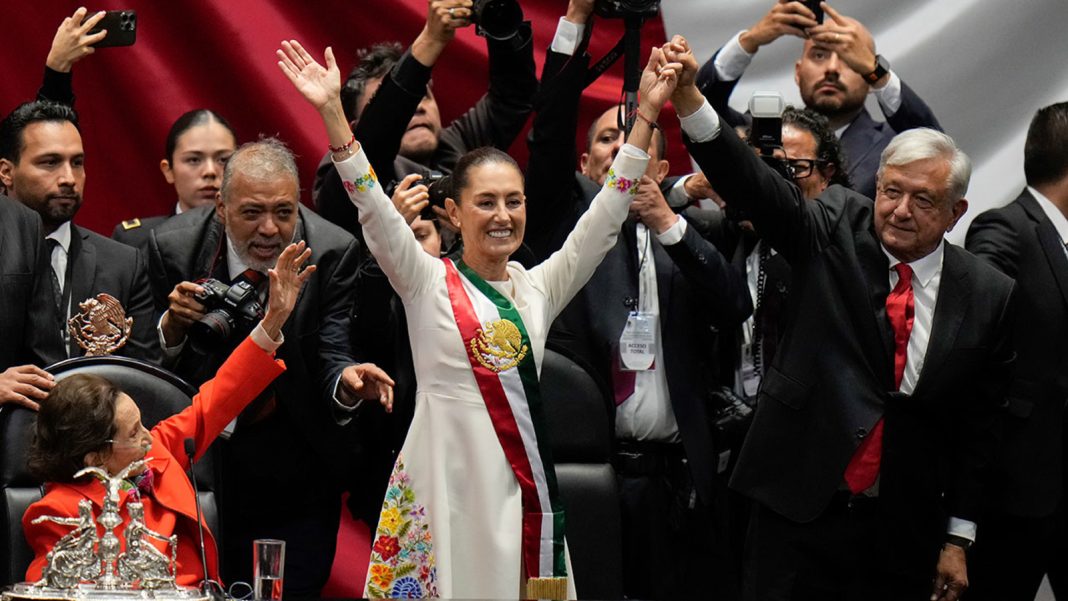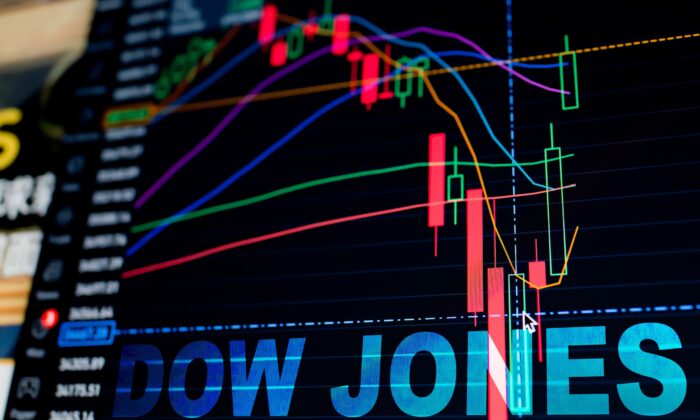In a dramatic escalation of hostilities in the Middle East, Iran launched a barrage of at least 180 missiles into Israel, lighting up the night sky and sending air raid sirens blaring across the nation. This attack, which resulted in minor injuries, comes on the heels of a series of intense military operations in the region and marks a significant turning point in the long-standing conflict between Israel and Iran, alongside its Arab allies.
The backdrop to this missile onslaught is a turbulent mix of retaliatory strikes and escalating tensions. In recent weeks, Israel has successfully targeted key leaders within Hezbollah, the Iran-backed militant group in Lebanon, which has been actively firing rockets into Israel since the outbreak of the war in Gaza. In response to these provocations, Israel initiated what it termed a limited ground incursion into southern Lebanon, asserting its intent to continue operations until it can ensure the safety of citizens displaced from homes along the border.
The Israeli military claimed its air defenses intercepted many of the incoming Iranian missiles, a testament to its advanced military technology and strategic preparedness. However, some missiles breached defenses and landed in central and southern Israel, resulting in injuries. In a tragic twist, a Palestinian man in the West Bank was reported killed by a missile, further complicating the already volatile situation and highlighting the indiscriminate nature of such warfare.
Prime Minister Benjamin Netanyahu wasted no time in promising retaliation, declaring that Iran had “made a big mistake” and would face consequences for its actions. This statement underscores Israel’s long-standing view of Iran as its principal adversary, driven by Tehran’s ongoing calls for Israel’s destruction and its support for militant groups in the region. Iran, for its part, has dismissed accusations regarding its nuclear ambitions, maintaining that its military capabilities are purely defensive.
The timing of the missile attack was particularly notable, coinciding with a deadly shooting incident in Tel Aviv that left at least six people dead. This dual assault on Israeli territory reflects a coordinated strategy among Iran and its proxies, aimed at undermining Israeli security while simultaneously escalating tensions across the region.
U.S. officials, including National Security Adviser Jake Sullivan, characterized the missile attack as a “significant escalation,” although they emphasized that the threat was mitigated by U.S. military support in intercepting missiles. President Biden reaffirmed American backing for Israel, stating that discussions were ongoing regarding an appropriate response to Iran’s aggression.
In a broader context, the United Nations Security Council convened an emergency meeting to address the increasingly precarious situation. The potential for a wider regional conflict looms large, especially given Iran’s recent threats to retaliate against Israeli infrastructure should hostilities continue. General Mohammad Bagheri, Iran’s armed forces chief, indicated that the Revolutionary Guard was prepared for further escalations, signaling a readiness to engage in more direct confrontations.
Historically, while Israel and Iran have engaged in a shadow war, direct confrontations have been relatively rare. However, the recent exchanges of fire and retaliatory strikes indicate a shift toward a more overt conflict, which could have dire implications for regional stability. The ongoing violence has already driven hundreds of thousands from their homes in Lebanon, with civilian casualties mounting amid the chaos.
Hezbollah, meanwhile, has vowed to continue its rocket attacks into Israel until a ceasefire is achieved in Gaza, further entrenching the two sides in a cycle of retaliation. This complex web of alliances and hostilities—encompassing Israel, Iran, Hezbollah, and Hamas—creates a precarious situation that could draw in additional actors, including the United States, should the conflict escalate further.
As the situation unfolds, the international community watches closely, aware that the stakes are high in this age-old conflict. With both sides preparing for an enduring struggle, the question remains: how far are they willing to go, and what will the long-term ramifications be for the people caught in the crossfire? The narrative of conflict in the Middle East is far from over, and this latest chapter could very well redefine regional dynamics for years to come.


